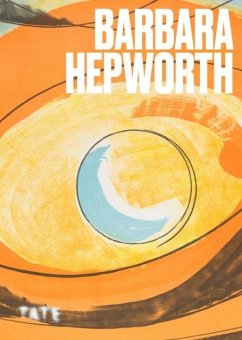An indispensable introduction to the life and work of Barbara Hepworth, whose sculptures expanded the possibilities for art within modern society, and revealed how it can express human relationships with our surroundings Barbara Hepworth (1903–75) was a leading figure in modern sculpture during the 20th century, whose prolific career spanned over five decades and bore witness to a period of great political and social change. Inspired by the natural world, Hepworth’s sculptures reflect her high regard for the landscape, but also her deep engagement with art’s civic function and its relationship to our social environment. This concise book is the perfect introduction to Hepworth’s remarkable life and work. Contextualizing her career from her beginnings in London, carving with wood and stone, to her relocation in coastal town Cornwall, and the pivotal point when she turned to metal casting and started creating the monumental sculptures which cemented her international reputation, it celebrates the mastery and determination of an extraordinary artist whose work continues to inspire today.
Bitte wählen Sie Ihr Anliegen aus.
Rechnungen
Retourenschein anfordern
Bestellstatus
Storno








